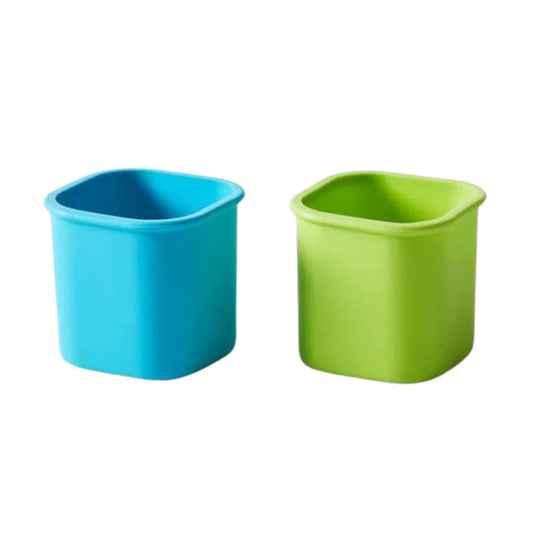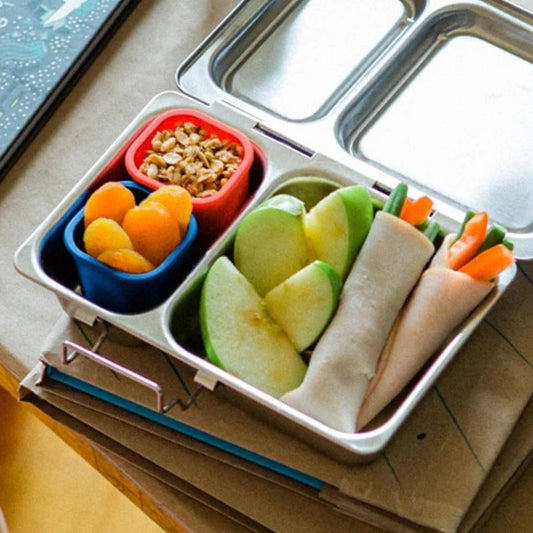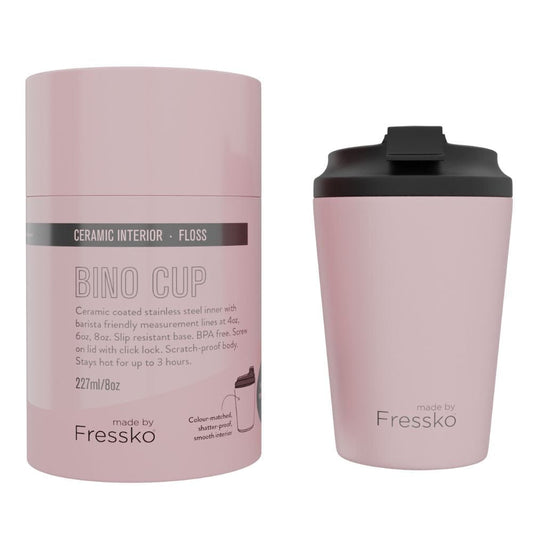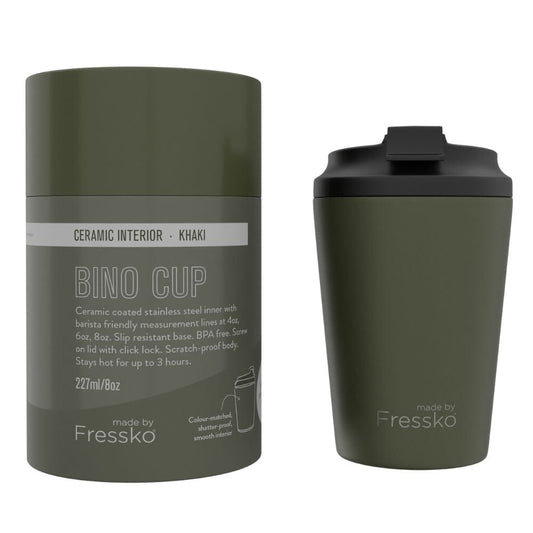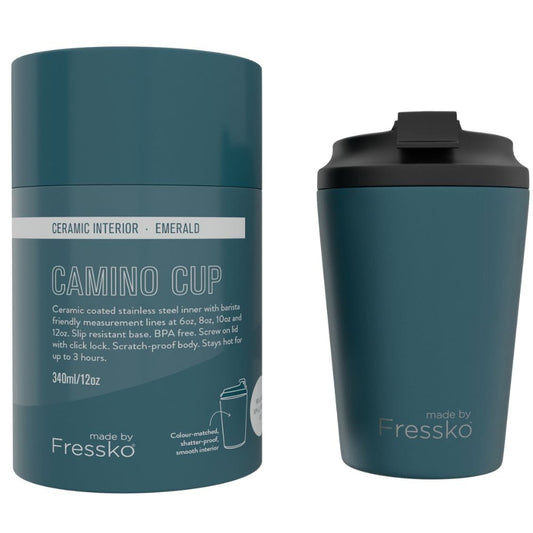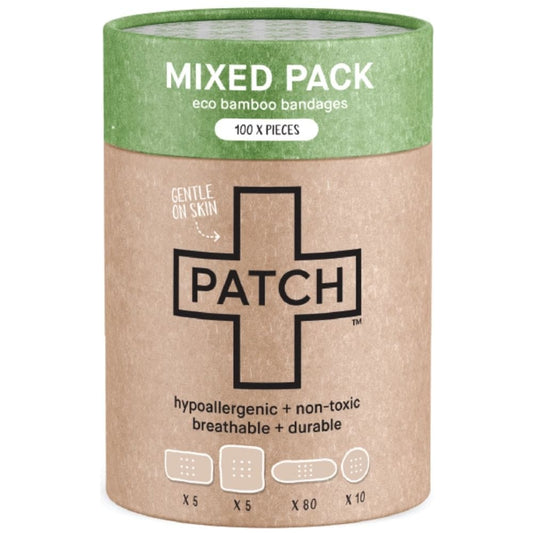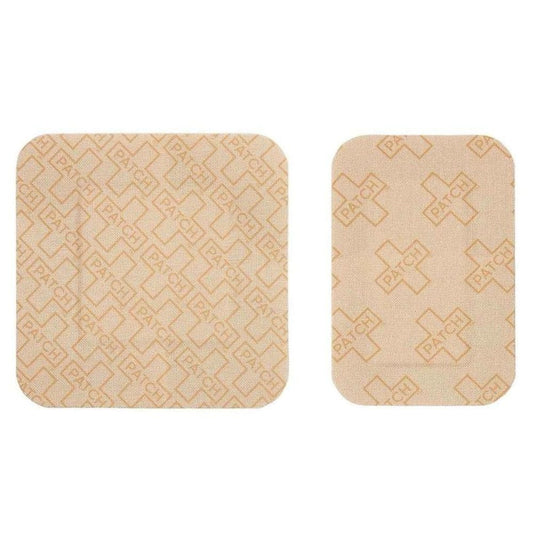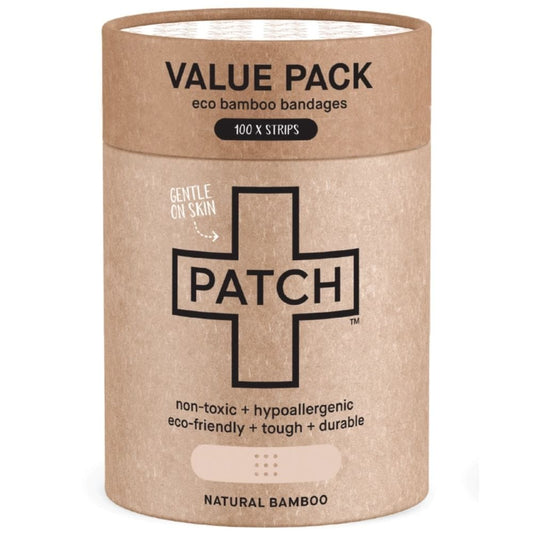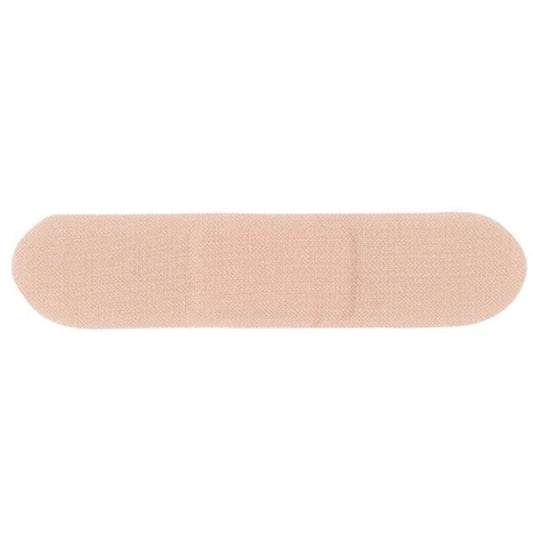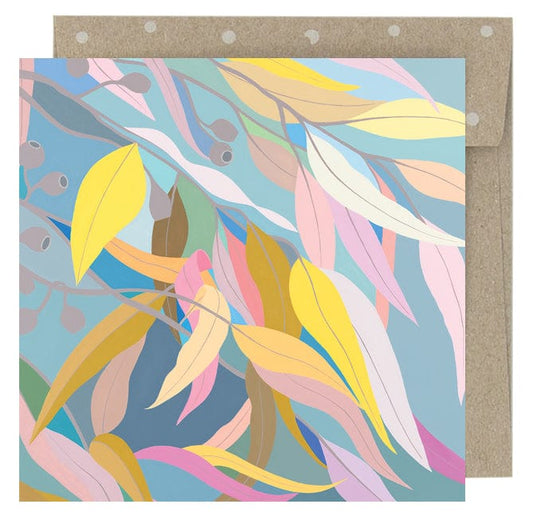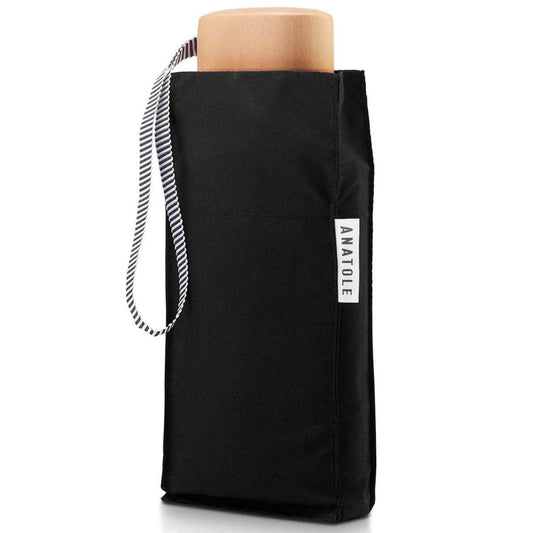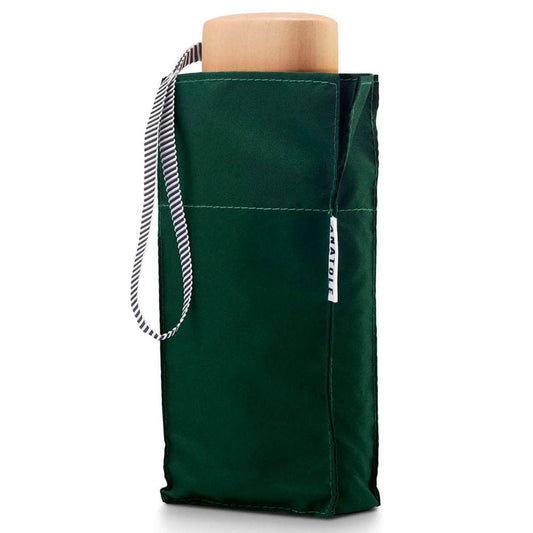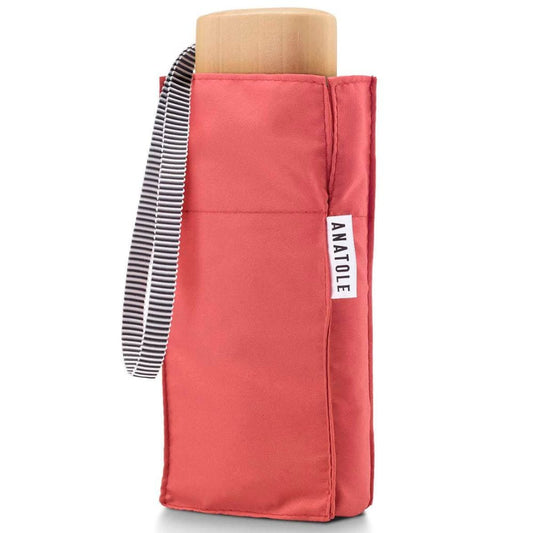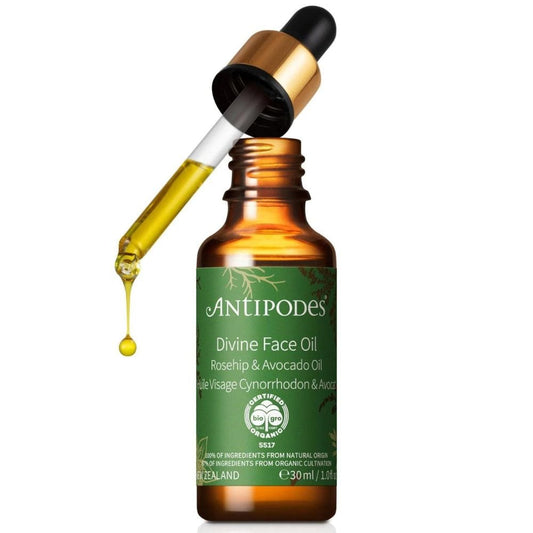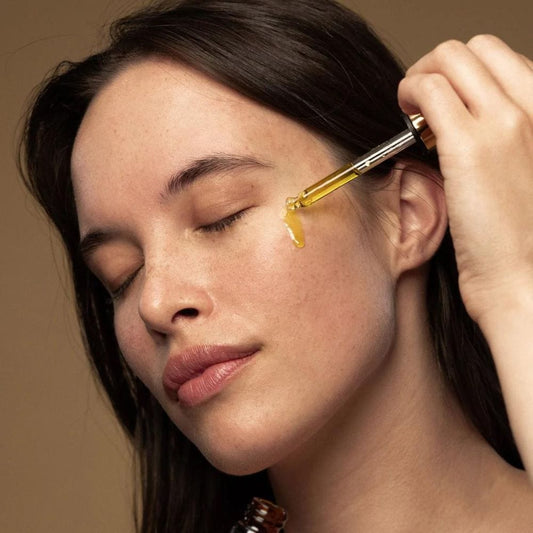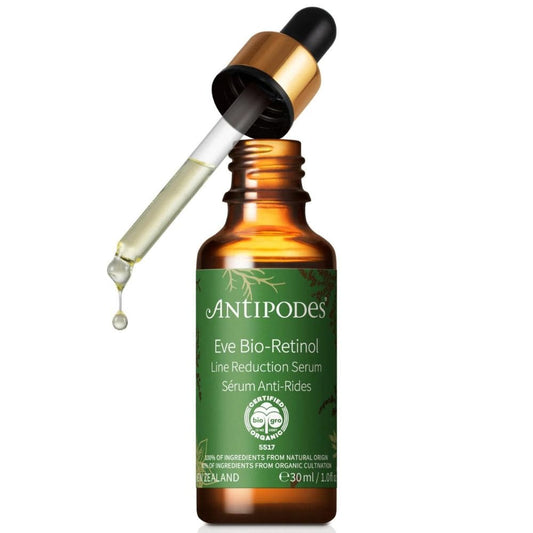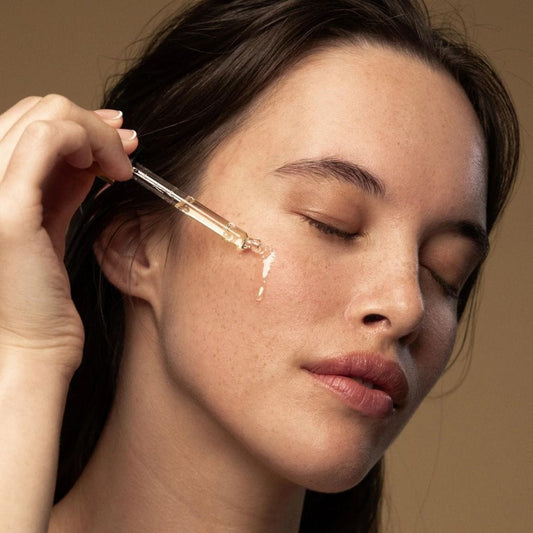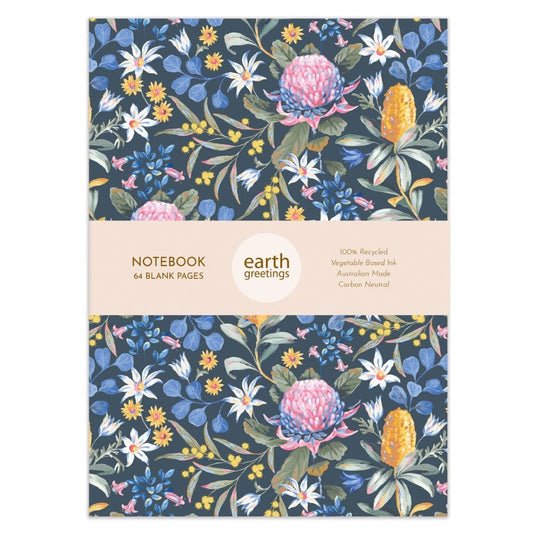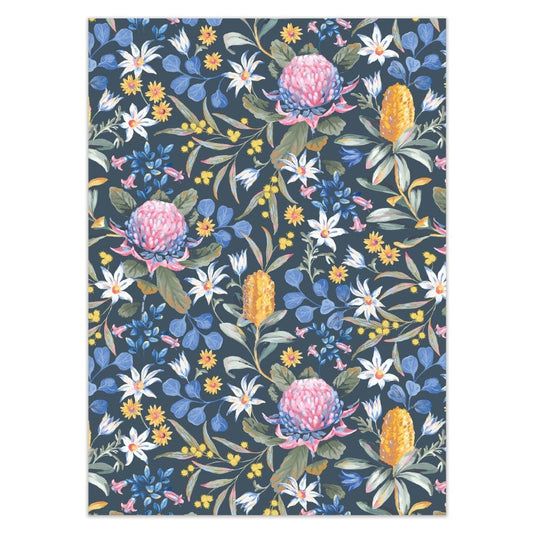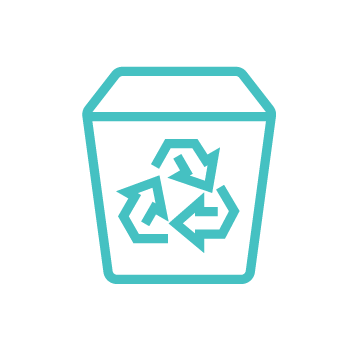
There's nothing quite like slipping into freshly washed, super-soft clothing. Fabric softeners were designed to make your clothes smell good and feel fluffy. However, most fabric softeners on the market contain so many synthetics that they actually break down the fibres in your clothes, and leave them smelling like chemicals. If you'd prefer not to load up your clothes with chemicals, or if you're moving towards using more sustainable products, it may be time to ditch commercial fabric conditioners. But this doesn't mean you have to forgo fabric softeners altogether. With just a few simple ingredients, you can create an eco-friendly fabric softener that will leave your washing feeling cosy and soft. Here, we share our recipe for the ultimate homemade fabric softener and explain why switching to a natural formula is a good idea.
Why Switch To A Natural Fabric Softener?
Regular fabric softener formulas usually contain chemicals and synthetics that we can all do without. These chemicals can also be harmful if your skin is sensitive or if you're allergic to certain synthetics.
Experts even advise against using fabric softeners on towels, reusable nappies, and children's clothing in particular. Commercial fabric softeners essentially add a coating on top of your clothes that leaves them feeling smoother. However, this coating makes the fibres in your clothing less absorbent and reduces the effectiveness of flame-retardant coatings.

While they are intended to make your clothes smell pleasant, many people find commercial fabric softeners have a sickly artificial or chemical scent. Fabric softeners have also been known to cause issues with washing machines, as they tend to leave behind a waxy substance that can lead to clogging. By opting for an all-natural fabric softener, you're protecting your clothes, skin, and washing machine from unnecessary and potentially harmful chemicals. Our tried and tested DIY fabric softener is easy to make, contains only natural ingredients, and leaves clothes smelling fresh and feeling fluffy. Here's how to make it!
Herbal Homemade Fabric Softener Recipe
Ingredients
- 1 litre white vinegar
- Large handful of fresh rosemary, thyme, and sage leaves
- Large glass jar with a non-metallic lid
- Glass bottle with a non-metallic lid for storing (we used this one)
- Strainer or sieve
Method
- Put the herbs into the large glass jar and pour in the vinegar until almost full. Ensure the herbs are fully submerged. Place the lid on and let the herbs infuse for at least 24 hours. For a stronger infusion leave for 48 hours. Shake occasionally.
- When the infusion is complete, strain well using a fine sieve. Ensure there is no remaining residue.
- Pour your fabric softener into your choice of container. It's now ready to use.
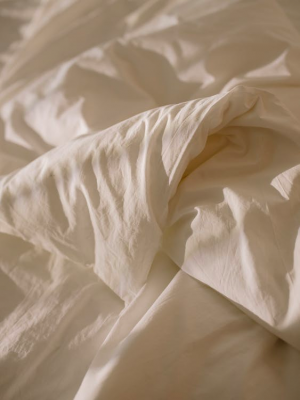
*Note: If your bottles/containers do have metallic lids (like most mason jars), you can place a sheet of baking paper in between the glass and lid before sealing. This will stop the vinegar from corroding the steel lid and potentially contaminating your fabric softener. For this recipe, it's best to use fresh herbs rather than dried herbs. Avoid using petals and herbs that will colour the vinegar (like lavender, rose, etc) as these may stain clothes. The herbs we've selected will not colour the vinegar.
How to Use
Add 1/4 cup of infused vinegar to the washing machine fabric softener dispenser. The vinegar will be dispensed during the rinse cycle.
Why We Love It
We love this natural alternative to a fabric conditioner because it doesn't contain harmful chemicals, so it's safer for your clothes, your skin, and the earth. Opting for a natural fabric softener is a great way to make laundry day more sustainable and environmentally friendly. So, mix yours up and give it a go!
Disclaimer
As with all our DIY recipes, you can experiment to suit your preferences. Many factors can change the end result, including temperature, humidity, light, and ingredient quality. Some DIYs can be amended by remelting or adding ingredients, but some cannot. Please read the whole recipe before beginning and remember to have fun! Biome cannot issue a refund if the DIY skincare product, DIY hair care product, or DIY body care product you make using our raw DIY ingredients does not perform as you'd hoped. We will, however, offer a refund if the raw DIY ingredient packaging is broken or leaking, or the ingredient itself appears to be ‘off'. Before using any raw DIY ingredient for the first time, please first research that ingredient's potential benefits as well as safety precautions and possible side effects. Check with your medical professional if you have any concerns. If you have severe acne, very sensitive skin, or another skin concern or health condition, we recommend seeking medical advice before using any new product on your skin, whether that be a raw ingredient, or a DIY product you've made yourself, or commercially formulated product. Please exercise caution when using essential oils. If you are pregnant or have any kind of health or skin condition, we recommend you speak to your doctor before use. Essential oils are highly concentrated liquids, so use them in moderation. Pure essential oils should never be used directly on the skin and should never be ingested. When using essential oil for the first time, do a skin patch test. Each essential oil is unique and may not be suited to everyone. Please research potential benefits as well as safety precautions before using any essential oil. Some essential oils may interfere with medication. Check with your medical professional if you have any concerns.
 There's nothing quite like slipping into freshly washed, super-soft clothing. Fabric softeners were designed to make your clothes smell good and feel fluffy. However, most fabric softeners on the market contain so many synthetics that they actually break down the fibres in your clothes, and leave them smelling like chemicals. If you'd prefer not to load up your clothes with chemicals, or if you're moving towards using more sustainable products, it may be time to ditch commercial fabric conditioners. But this doesn't mean you have to forgo fabric softeners altogether. With just a few simple ingredients, you can create an eco-friendly fabric softener that will leave your washing feeling cosy and soft. Here, we share our recipe for the ultimate homemade fabric softener and explain why switching to a natural formula is a good idea.
There's nothing quite like slipping into freshly washed, super-soft clothing. Fabric softeners were designed to make your clothes smell good and feel fluffy. However, most fabric softeners on the market contain so many synthetics that they actually break down the fibres in your clothes, and leave them smelling like chemicals. If you'd prefer not to load up your clothes with chemicals, or if you're moving towards using more sustainable products, it may be time to ditch commercial fabric conditioners. But this doesn't mean you have to forgo fabric softeners altogether. With just a few simple ingredients, you can create an eco-friendly fabric softener that will leave your washing feeling cosy and soft. Here, we share our recipe for the ultimate homemade fabric softener and explain why switching to a natural formula is a good idea.
 While they are intended to make your clothes smell pleasant, many people find commercial fabric softeners have a sickly artificial or chemical scent. Fabric softeners have also been known to cause issues with washing machines, as they tend to leave behind a waxy substance that can lead to clogging. By opting for an all-natural fabric softener, you're protecting your clothes, skin, and washing machine from unnecessary and potentially harmful chemicals. Our tried and tested DIY fabric softener is easy to make, contains only natural ingredients, and leaves clothes smelling fresh and feeling fluffy. Here's how to make it!
While they are intended to make your clothes smell pleasant, many people find commercial fabric softeners have a sickly artificial or chemical scent. Fabric softeners have also been known to cause issues with washing machines, as they tend to leave behind a waxy substance that can lead to clogging. By opting for an all-natural fabric softener, you're protecting your clothes, skin, and washing machine from unnecessary and potentially harmful chemicals. Our tried and tested DIY fabric softener is easy to make, contains only natural ingredients, and leaves clothes smelling fresh and feeling fluffy. Here's how to make it!
 *Note: If your bottles/containers do have metallic lids (like most mason jars), you can place a sheet of baking paper in between the glass and lid before sealing. This will stop the vinegar from corroding the steel lid and potentially contaminating your fabric softener. For this recipe, it's best to use fresh herbs rather than dried herbs. Avoid using petals and herbs that will colour the vinegar (like lavender, rose, etc) as these may stain clothes. The herbs we've selected will not colour the vinegar.
*Note: If your bottles/containers do have metallic lids (like most mason jars), you can place a sheet of baking paper in between the glass and lid before sealing. This will stop the vinegar from corroding the steel lid and potentially contaminating your fabric softener. For this recipe, it's best to use fresh herbs rather than dried herbs. Avoid using petals and herbs that will colour the vinegar (like lavender, rose, etc) as these may stain clothes. The herbs we've selected will not colour the vinegar.


